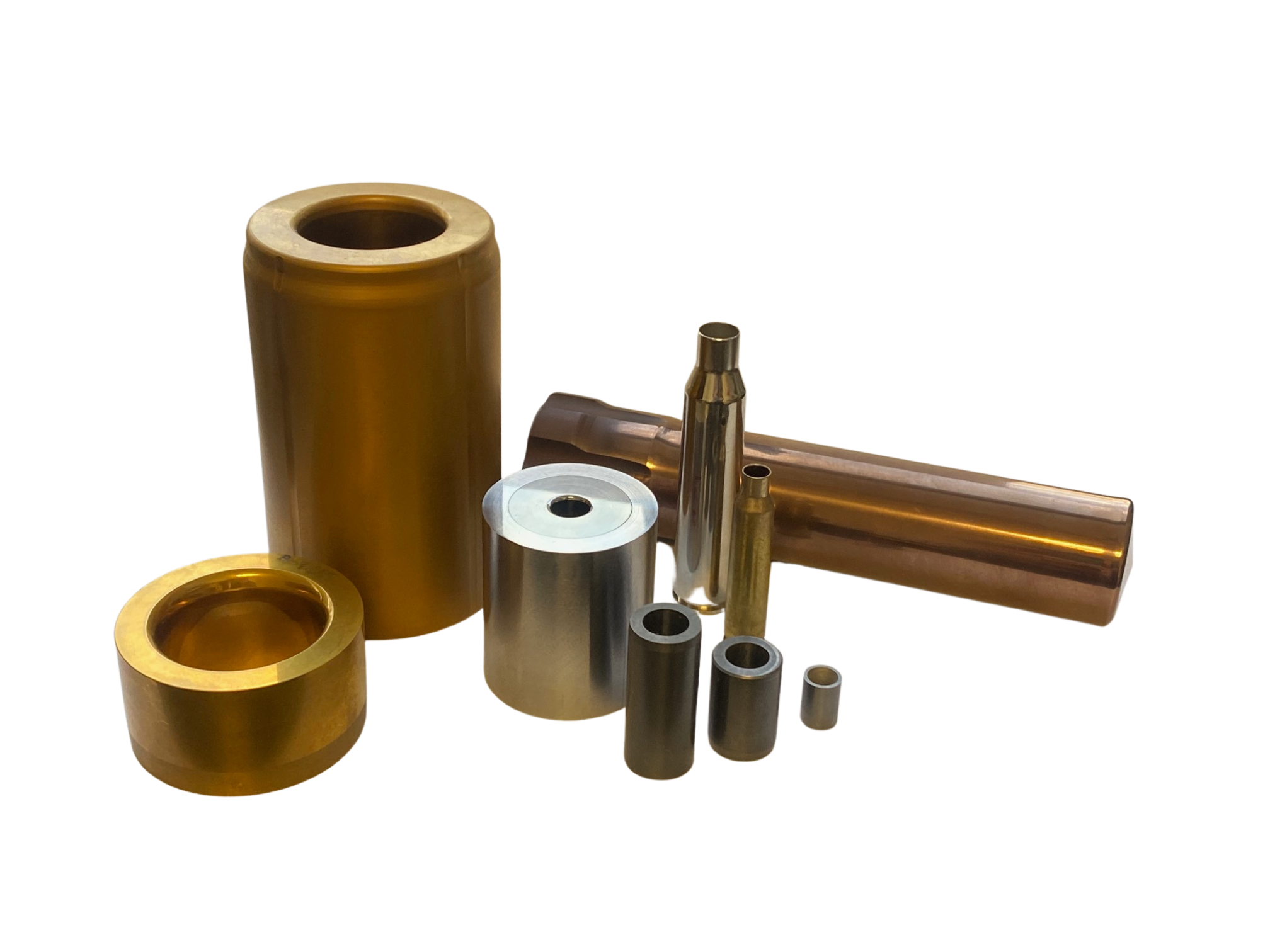Tuesday, September 23, 2014
How to become a Die Maker
When it comes to metalworking trades tool and die makers are at the top. They are extremely versatile with their hands for creating parts, as well as with machines to produce high precision parts. Their abilities go beyond that of the average machinist. They are capable of designing and fabricating tools with no supervision. With these skills available, tool and die makers are a tremendous asset in any manufacturing facility.
Steps to become a Die Maker Step 1
1. Master basic math. Understand addition, subtraction, and division. Knowing some shop trigonometry is good for calculating bolt circles and finding the length of triangles. Basic algebra can also be handy for applying handbook formulas
Become a Die Maker Step 2
2. Learn computer drafting. Vocational and technical schools' machining programs are a good place to learn these types of skills. Learn to create and interpret mechanical drawings.
Become a Die Maker Step 3
3. Enter an apprenticeship program at a tool and die shop while in high school, if possible. Apprentices do simple tasks such as drilling, de-burring, and sweeping in the beginning. Tasks will become more challenging as time goes on. Apprentices learn the lathe, mill and surface grinder. Apprenticeships typically last 2 to 4 years.
Become a Tool and Die Maker Step 4
4. Study machine tool technology at a good vocational trade school. Programs vary from school to school so make sure you are studying at one that has various machines to learn from, such as a wire EDM (electrostatic discharge machining) tool. Also, make sure they have good CNC (computer numerically controlled) programming courses, as this will make things easier later in your career. Try to get hands-on experience in a shop as well, rather than studying strictly in a classroom. The heart of your education will be in the types of projects you will be making in the course. A typical machine tool technology program will last two years.
Become a Die Maker Step 5
5. Get a copy of the Machinery Handbook and refer to it often. This is an excellent reference for answering any machining problem.
Become a Tool and Die Maker Step 6
6. Buy a set of good high quality precision tools like 1-2-3 inch micrometers, and a square set, along with a 7- or 11-drawer machinists toolbox. An electronic caliper is a plus also. Try to stay away from generic tools because these seem to be less durable. Instead, invest in high quality tools like Starrett and Mitutoyo, top names in the trade. If money is tight, obtain tools gradually, as you need them, over time, until you have your own set. Get the ones you need most first.
Become a Die Maker Step 7
7. Once you land a job, focus on gaining experience. Learn from veteran tool and die makers. They can and often will share many tips they have learned over the years.
Become a Die Maker Step 8
8. Talk with other tool and die makers on the Internet in various discussion forums especially concerning CNC programming. Learning from those who have done it for years is the best way to help your career.
Become a Die Maker Step 9
9. Read metalworking trade publications in your spare time. Leave trade magazines in your bathroom.
Become a Die Maker Step 10
10. If you want to further your career in the tool and die trade, you may want to move into supervision or teaching. A Bachelor's degree in almost any field along with tool and die experience can be very beneficial in obtaining a supervisor's job in manufacturing and/or teaching.
Subscribe to:
Comments (Atom)
Additive Manufacturing and Smart Sensors: The Future of Carbide Tooling
The world of carbide tooling is changing fast. As manufacturers face higher expectations for precision, throughput, and cost control, new...

-
One should not confuse a tinkerer and a tinker! A tinkerer is a person who tinkers with machinery, modifies products and is the heart an...
-
Machinists are famous for making everything we use or the parts that make the things we use... but only slightly less know for their quotes ...
-
With many companies closed down and not working due to Covid 19, a few carbide die, punch and carbide bushing manufacturers are continuing t...





